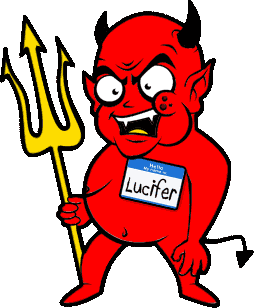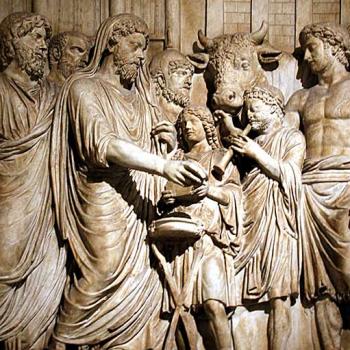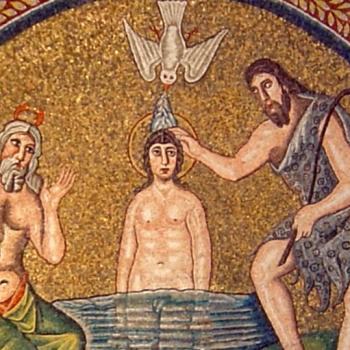 Halloween is gone till next year.
Halloween is gone till next year.
Speaking of the devil, did you ever wonder why he’s named Lucifer? There are two competing theories about that:
Theory #1: Lucifer is not the name of the devil.
Isaiah 14:12 describes the fall of a Babylonian king (How you have fallen from heaven, / morning star, son of the dawn! / You have been cast down to the earth, you who once laid low the nations!) The original Hebrew word used for “morning star” there is הֵילֵל (helel). When, in 400 A.D., Jerome translated the Bible into his masterful Latin-language Vulgate edition, he translated helel into lucifer, a Latin word meaning “the morning-star; the planet Venus.” Later, early English translations, such as the King James Version, kept the word lucifer right where Jerome had it—only this time they capitalized it, transforming it into a proper name. So then we got, How art thou fallen from heaven, O Lucifer, son of the morning! …
Here’s where it gets interesting. In the Vulgate, the word lucifer appears again. This time it’s in 2 Peter 1:19, where it is clearly denotes Jesus. Well, the KJV translators didn’t want to do there with that word what they had done with it back in Isaiah—they didn’t want to call Jesus Lucifer. So for they reverted back to the original translation of the word, and in 2 Peter 1:19 the world was given “… until the day dawns and the morning star rises in your hearts.”
Today virtually all modern Bible translations reject the name “Lucifer” in Isaiah 14:12, instead rightly translating it as as “morning star.”
Theory #2: Lucifer is the name of the devil.
The King James-only crowd has always maintained that Lucifer is the proper name of the devil, and that removing that word from Isaiah 14:12 sows seeds of confusion and deception by conflating the figure in that verse with the figure of Jesus—with the “morning star” of 2 Peter 1:19. Though popular enough, this is not the world’s most logical theory, since it depends upon the devil having, all along, a uniquely Latin name that was divinely revealed to Jerome and virtually no one before him.
Despite that, though, there is a long history of understanding the figure in Isaiah 14:12 as either directly or symbolically representing the devil. This tradition is found in the very earliest Christian interpretations of that passage, and runs through Christian thought right up to the present day. (Very notably, in his endlessly influential medieval trilogy The Divine Comedy, Dante called the devil Lucifer—a tradition continued over three centuries later in John Milton’s monumental Paradise Lost. And this when the telling of such stories mattered—when their major points stuck. You know: before movies.)
Whom or to what exactly the “king” in Isaiah 14.12 refers is open to debate, of course. But what is not debatable is that the tradition of an angel falling from the realm of the divine predates the King James, predates the Vulgate, and even predates Christianity. (See, for just one example, the Book of Enoch, an ancient Jewish religious work traditionally ascribed to Enoch, the great-grandfather of Noah.)
And there is a truth about human nature that predates even written language, one as ancient as sitting around a fire telling stories. And that is the compelling need, in any really good story, for a villain so powerful and cunning that he could very well prove the undoing of the hero.
And what is a villain without a name?












